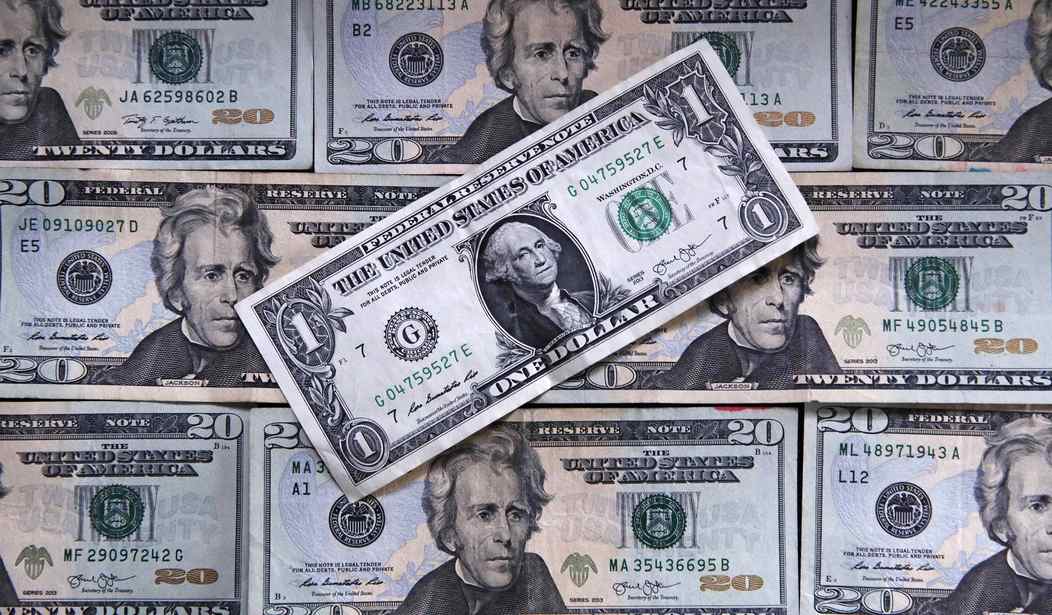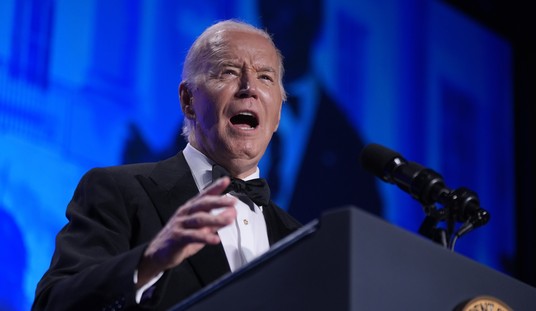In 2019, according to the Consumer Expenditure Survey published by the Bureau of Labor Statistics, Americans on average spent more on taxes than they did on food, clothing, health care and entertainment combined.
Bottom line: Funding their local, state and federal governments cost Americans more on average last year (which was before the COVID-19 pandemic hit) than making sure their families were fed, clothed, had health care -- and could keep a dog or cat, buy toys for their kids, pay for cable TV and attend an occasional baseball game or movie.
For each of the last seven years, the BLS has published Table R-1 based on its Consumer Expenditure Survey. This table provides the average annual "detailed expenditures" made by what the BLS calls "consumer units."
"Consumer units," explains BLS, "include families, single persons living alone or sharing a household with others but who are financially independent, or two or more persons living together who share major expenses."
As this column noted last year, all Table R-1s going back to 2013 have shown that Americans on average spend more money on taxes than they do on food, clothing (or what BLS calls "apparel and services") and health care combined.
But in three of the last four years, according to the data published in the annual Table R-1s, Americans on average not only spent more on taxes than on food, clothing and health care combined but also spent more on taxes than on food, clothing, health care and entertainment combined.
Recommended
In 2019, American consumer units paid an average of $18,763.99 in taxes, according to BLS. That included $8,831.31 in federal income taxes; $5,240.52 in Social Security taxes (which Table R-1 calls "deductions"); $2,469.76 in-state and local income taxes; $2,159.10 in property taxes; and $63.30 in other taxes.
That $18,763.99 in taxes easily beat the combined $15,245.25 that Americans spent on average in 2019 on food ($8,169.18), clothing ($1,882.96) and health care ($5,193.11).
But it also edged out by $428.84 the combined $18,335.15 they spent on food, clothing and healthcare ($15,245.25) and entertainment ($3,089.90).
This has not always been the case.
In 2013, Americans on average spent a combined $14,319.07 on food ($6,601.72), clothing ($1,604.00), health care ($3,631.08) and entertainment ($2,482.27). That turned out to be $991.85 more than the combined $13,327.22 they spent on federal income taxes ($5,743.10), Social Security taxes ($4,047.50), state and local income taxes ($1,628.71), property taxes ($1,847.99) and other taxes ($59.92).
In 2014, the combined $15,561.90 that Americans paid on average for food ($6,758.62), clothing ($1,785.66), health care ($4,290.06) and entertainment ($2,727.56) exceeded by $897.77 the combined $14,664.13 they paid in federal income taxes ($6,679.73), Social Security taxes ($4,248.20), state and local income taxes ($1,781.56), property taxes ($1,903.06) and other taxes ($51.58).
In 2015, the combined $16,052.90 that Americans paid on average for food ($7,022.59), clothing ($1,846.21), health care ($4,342.03) and entertainment ($2,842.07) exceeded by $504.54 the combined $15,548.36 they spent on federal income taxes ($7,111.03), Social Security taxes ($4,456.54), state and local income taxes ($1,997.36), property taxes ($1,913.48) and other taxes ($69.95).
In 2016, this was no longer the case.
That year, according to BLS, the combined $16,530.38 that Americans paid on average for food ($7,203.16), clothing ($1,802.70), health care ($4,611.74) and entertainment ($2,912.78) was $622.92 less than the combined $17,153.30 than they paid in federal income taxes ($8,367.44), Social Security taxes ($4,695.00), state and local income taxes ($2,046.45), property taxes ($1,969.31) and other taxes ($75.10).
Spending on food, clothing health care and entertainment briefly took back the lead from government in 2017.
That year, Americans on average spent $17,692.26 on food ($7,728.59), clothing ($1,832.76), health care ($4,928.19) and entertainment ($3,202.72). That was $942.06 more than the combined $16,750.20 they spent on average on federal income taxes ($7,818.91), Social Security taxes ($4,717.33), state and local income taxes ($2,097.84), property taxes ($2,065.48) and other taxes ($50.64).
In 2018, government retook the lead -- and then maintained it in 2019.
Two years ago, in 2018, the combined $18,617.93 that Americans paid on average in federal income taxes ($9,031.93), Social Security taxes ($5,023.73), state and local income taxes ($2,284.62), property taxes ($2,199.80) and other taxes ($77.85) exceeded by $634.27 the combined $17,983.66 they spent on food ($7,923.19), clothing ($1,866.48), health care ($4,968.44) and entertainment ($3,225.55).
Among the food items that Americans on average purchased in 2019 was $186.69 worth of pork -- the kind that comes from actual pigs.
The $18,763.99 in taxes they paid on average for federal, state and local government was more than 100 times that.
Which do you think was the better deal?
Terence P. Jeffrey is the editor in chief of CNSnews.com.
























Join the conversation as a VIP Member